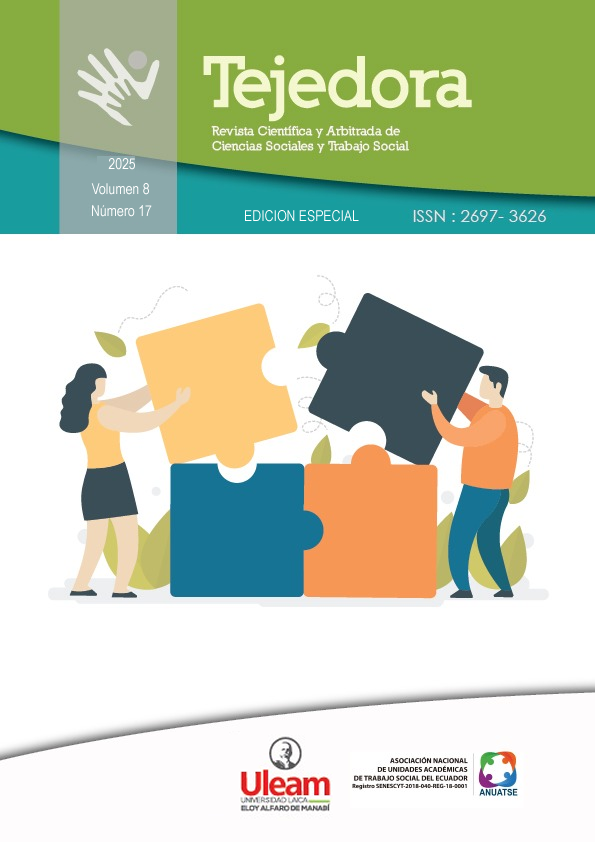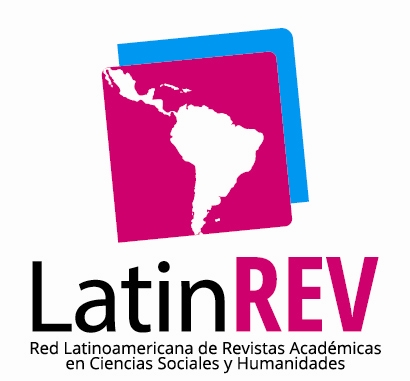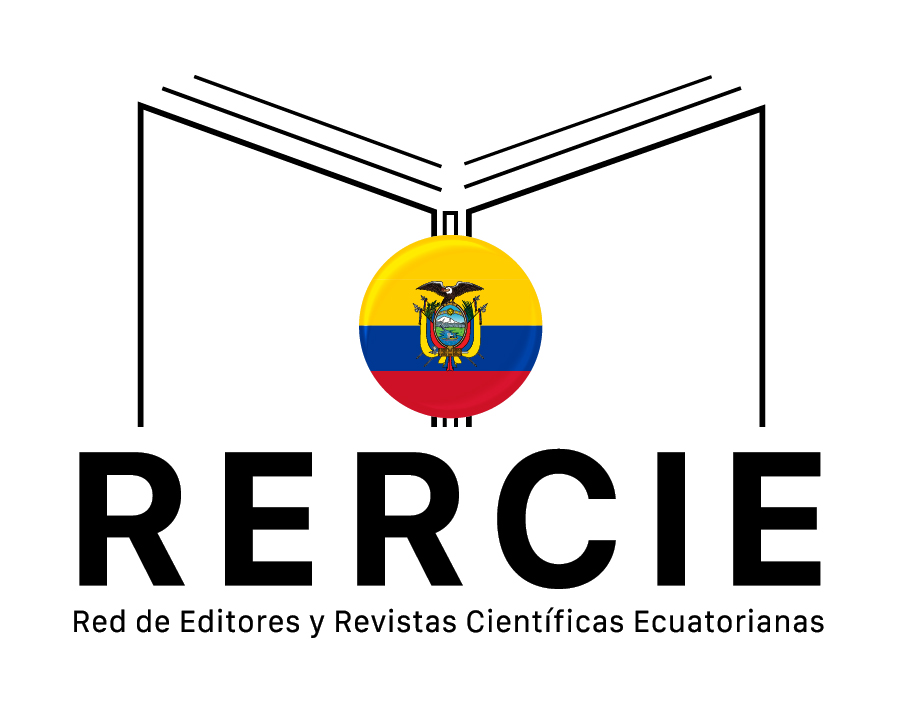AMORFINO AS A MUSICAL GENRE: EVOLUTION, POLYSTYLISM AND TERRITORIALITY
DOI:
https://doi.org/10.56124/tj.v8i19.025Keywords:
amorfino, diversity, polystylisticAbstract
This article proposes a reinterpretation of the amorfino as a musical genre native to Ecuador’s coastal region, moving beyond its traditional classification as a mere form of oral poetry. Through a historical, stylistic, and ethnographic review, it argues that the amorfino incorporates structured musical elements—such as meter, rhythm, instrumental accompaniment, and vocal improvisation—that grant it aesthetic and functional autonomy within the Ecuadorian musical landscape. The article explores the various dimensions of the amorfino from its earliest expressions in the 19th century, tracing its roots in Afro-Ecuadorian and montuvio oral traditions, its development throughout the 20th century with key contributions by figures like Manuel de Jesús Álvarez and Guido Garay, and its ongoing transformation in contemporary urban contexts of the 21st century, where it merges with tropical Latin genres. The study also considers its territorial diversity and poly-stylistic nature, showing how in each region the amorfino adopts distinct forms and sounds while maintaining its expressive core and historical features, especially its rhythmic cell and octosyllabic literary structure. Finally, the article highlights its social function as a tool for protest, satire, celebration, and the construction of collective identity. Recognizing the amorfino as a musical genre opens new pathways for research in Ecuadorian cultural and musical studies, reclaiming a living practice that is in constant reinvention and deeply embedded in the country’s sociocultural dynamics.
Downloads
References
Actas de la cuarta reunión del Congreso Internacional de Americanistas, Madrid, 1881. Yaravíes Quiteños (1883). vol. 2, p. I-LXXXIII. Madrid: Imprenta de Fortanet
Álvarez, M. de J. (1929). Estudios folklóricos del montuvio y su música. Imprenta La Esperanza. Chone-Ecuador
Crespo, L. (2021). "El amorfino y su evolución estética: Entre la tradición y la modernidad". Revista de Estudios Culturales Latinoamericanos, 15(2), 55–78.
El Comercio. (2019, 15 de agosto). Guido Garay, promotor del folclor montuvio y la cultura costeña. https://www.elcomercio.com/actualidad/legado-guido-garay-refleja-cultura.html
Espinoza Polit, L. (2011). El amorfino y su diversidad regional en Ecuador [Trabajo académico]. Universidad Central del Ecuador
Guerrero, M. (2005). Música e identidad en el Ecuador: Ensayos sobre culturas sonoras. ISBN 978-9978-42-955-6. Abya-Yala. Quito -Ecuador
Mullo, J. (2009). Música patrimonial del Ecuador. ISBN: 978-9978-60-073-6. Ministerio de Cultura del Ecuador / IPANC.
Ordóñez, W. (1998). Guido Garay... un testimonio necesario. ISBN: 978-9978-11-016-4. Impresión Nueva Luz. Guayaquil-Ecuador
Zambrano, R. (Director). (2023). Manuel de Jesús Álvarez y su aporte a la música montuvia [Documental]. Producciones Tres Creativa- Uleam
Zumarán, A. (2017). Poéticas del margen: Oralidad, performance y crítica en América Latina. Ediciones UTEM.
Published
How to Cite
Issue
Section
License
Copyright (c) 2025 Revista Científica y Arbitrada de Ciencias Sociales y Trabajo Social: Tejedora. ISSN: 2697-3626

This work is licensed under a Creative Commons Attribution-NonCommercial-ShareAlike 4.0 International License.






















